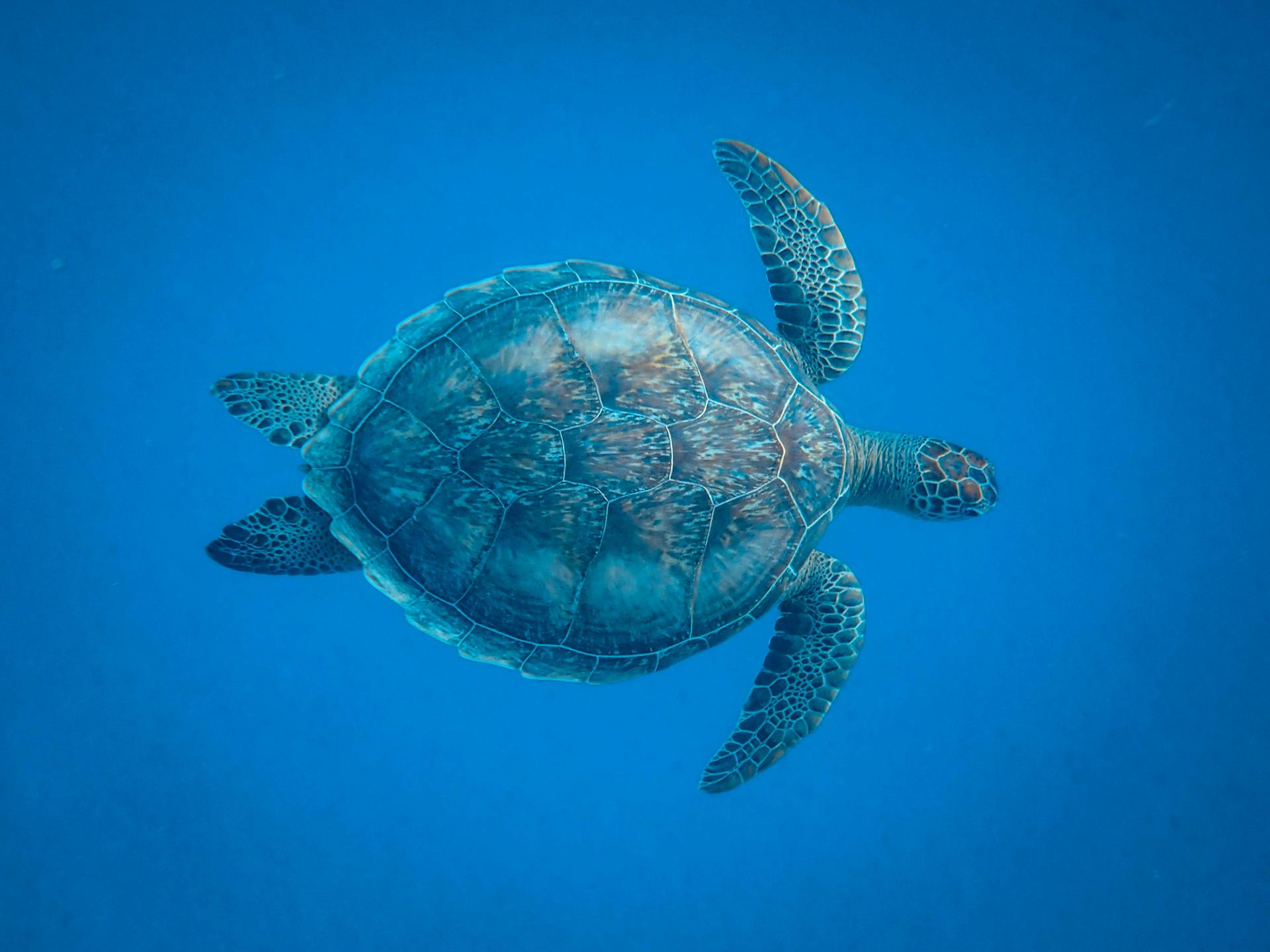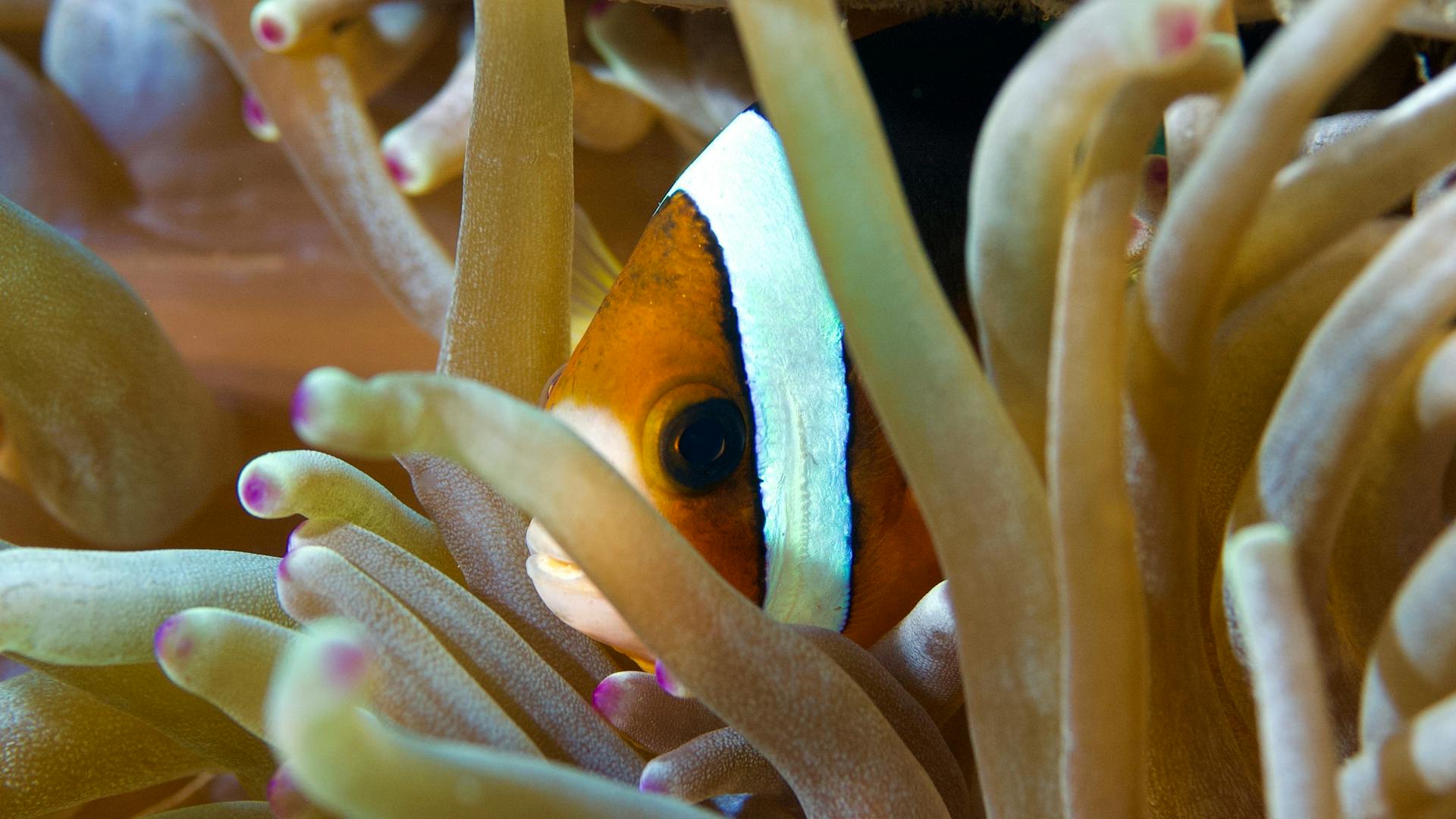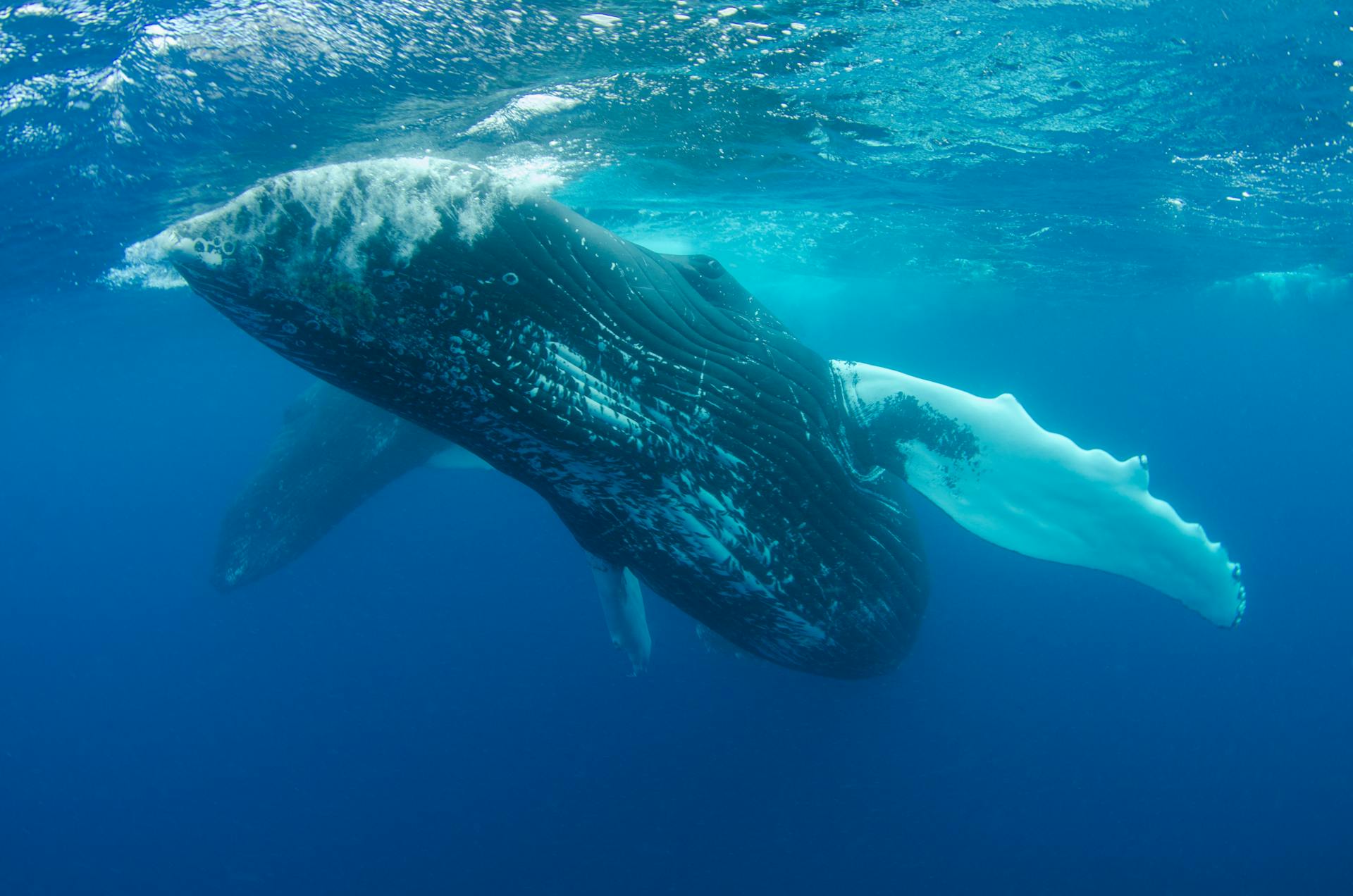In the silent depths of the ocean, where the dance of light and shadow creates a mesmerizing spectacle, an ancient mariner glides effortlessly through the water. With its streamlined shell and graceful flippers, the sea turtle embodies a timeless elegance that has captivated human imagination for centuries. These gentle giants, revered in cultures around the world, are not merely survivors of the ages but crucial players in the delicate balance of marine ecosystems.
Sea turtles, with their enduring presence and remarkable adaptability, have roamed the oceans for over 100 million years. Characterized by their distinctive, hard shells and flipper-like limbs, these majestic reptiles are as ancient as they are intriguing. From the massive leatherback to the dainty hawksbill, each species contributes uniquely to the marine environment—maintaining the health of coral reefs, supporting seagrass beds, and influencing the dynamics of oceanic food webs.
This article embarks on a journey through time to uncover the evolutionary saga of sea turtles, tracing their origins from prehistoric ancestors to their present-day forms. By delving into their rich history, we aim to illuminate their significance in marine ecosystems and shed light on the challenges they face today. As we navigate the twists and turns of their life cycles and the perils threatening their survival, we’ll discover why protecting these ancient travelers is more crucial than ever.
Evolutionary History
A. Origins of Sea Turtles
Sea turtles trace their lineage back to the late Triassic period, approximately 220 million years ago. Their early ancestors, such as the primitive Protostega and Archelon, were among the first reptiles to adapt to a fully aquatic lifestyle. Unlike their terrestrial cousins, these early sea turtles had streamlined bodies and developed flippers to navigate the ancient oceans more efficiently. Key milestones in their evolutionary timeline include the development of the distinctive hard shell or carapace, which provided crucial protection against predators and environmental hazards.
As millions of years passed, sea turtles underwent significant evolutionary changes. By the late Cretaceous period, modern families of sea turtles had begun to emerge. These early forms bore a resemblance to today’s species but were generally larger and adapted to different ecological niches. The evolutionary journey of sea turtles reflects a remarkable ability to adapt to changing ocean conditions and evolving predator-prey dynamics.
B. Adaptations Over Time
Sea turtles have evolved a range of physical and behavioral adaptations that have enabled them to thrive in diverse marine environments. One of their most notable physical adaptations is their shell, which evolved from a bony structure into a streamlined, hydrodynamic carapace that reduces drag and enhances swimming efficiency. Their flippers, adapted from limbs used for walking, are now specialized for long-distance travel through the water, allowing sea turtles to migrate thousands of miles between feeding grounds and nesting sites.
Behaviorally, sea turtles have developed intricate migration patterns and nesting habits that are finely tuned to their life cycles and environmental conditions. Their migratory routes, often spanning entire oceans, are guided by an innate sense of navigation and environmental cues such as magnetic fields and ocean currents. Nesting behaviors, including the return to specific beaches where they were born to lay their eggs, ensure the survival of their offspring despite numerous environmental challenges.
The Sea Turtle’s Role in Marine Ecosystems
A. Ecological Importance
Sea turtles play a vital role in maintaining the health and balance of marine ecosystems. In coral reef environments, sea turtles contribute to reef health by grazing on algae that can otherwise overwhelm coral reefs. By keeping algae levels in check, they help ensure that corals have the space and resources they need to thrive. Additionally, sea turtles support the health of seagrass beds, which are crucial habitats for many marine species. Their feeding activities help prevent overgrowth and maintain the biodiversity of these underwater meadows.
Furthermore, sea turtles impact marine food webs by serving as prey for larger predators and competing with other species for resources. Their presence influences the population dynamics of various marine organisms, contributing to the overall stability and resilience of marine ecosystems.
B. Interactions with Other Species
Sea turtles are integral to a variety of ecological interactions. As prey, they provide nourishment for a range of marine predators, including sharks and large fish. Their interactions with cleaner fish, which remove parasites from their shells and skin, represent a symbiotic relationship that benefits both parties. The cleaner fish gain a food source, while sea turtles receive essential grooming that helps prevent infections and maintain their health.
The Journey of Sea Turtles
A. Life Cycle and Migration
The life cycle of sea turtles is a remarkable journey marked by significant stages of development. Hatchlings emerge from nests on sandy beaches, making a perilous dash to the ocean where they begin their juvenile stage. As they grow, sea turtles undertake long migrations between their feeding grounds and nesting sites. These migrations are among the longest of any animal, with some species traveling across entire ocean basins to reach their breeding or foraging destinations.
B. Nesting and Reproduction
Nesting is a critical phase in the sea turtle’s life cycle, involving complex behaviors and significant challenges. Female sea turtles return to the beaches where they were born to lay their eggs, a journey that can be fraught with danger from predators and environmental conditions. Once the eggs are laid and buried in the sand, the hatchlings face their own perilous journey from the nest to the sea. The survival of hatchlings depends on favorable conditions and minimal predation, making each nesting season a vital period for the continuation of the species.
Threats and Conservation Efforts
A. Natural Threats
Sea turtles face natural threats that have existed for millions of years. Predation by animals such as birds and crabs poses a significant risk to eggs and hatchlings. Additionally, environmental changes, including shifts in sea temperatures and currents, can impact the availability of nesting sites and feeding grounds.
B. Human-Induced Threats
In recent decades, human activities have introduced severe threats to sea turtles. Habitat destruction from coastal development reduces available nesting sites, while pollution—particularly plastic waste can cause injury or death through ingestion or entanglement. Illegal trade and bycatch from fishing operations further exacerbate the decline of sea turtle populations, making human-induced threats a pressing concern.
C. Conservation Initiatives
Efforts to protect sea turtles are diverse and extensive. International treaties, such as the Convention on International Trade in Endangered Species (CITES), aim to regulate and reduce the illegal trade of sea turtles and their products. Local and global conservation projects focus on protecting nesting beaches, reducing bycatch through modified fishing practices, and cleaning marine environments of plastic waste. Community-based initiatives and educational programs also play a crucial role in fostering awareness and encouraging conservation efforts at the grassroots level.
The Future of Sea Turtles
A. Current Trends and Research
Ongoing scientific studies are crucial for understanding sea turtles’ behavior, health, and ecological roles. Emerging technologies, such as satellite tracking and genetic analysis, provide valuable insights into their migration patterns and population dynamics. These advancements help inform conservation strategies and enhance efforts to protect sea turtles in a rapidly changing world.
B. The Role of Individuals
Individuals can make a significant impact on sea turtle conservation through everyday actions and advocacy. Simple steps, such as reducing plastic use, supporting marine conservation organizations, and participating in beach clean-ups, contribute to the protection of sea turtles and their habitats. By raising awareness and supporting conservation initiatives, individuals can help ensure a future where sea turtles continue to grace our oceans.
Conclusion
The journey of sea turtles through time is a testament to their resilience and adaptability. From their ancient origins to their current struggles, sea turtles have evolved to become integral parts of marine ecosystems. Continued conservation efforts are essential to address the challenges they face and to secure their future. By supporting and advocating for sea turtle protection, we can help preserve these magnificent creatures for generations to come.


